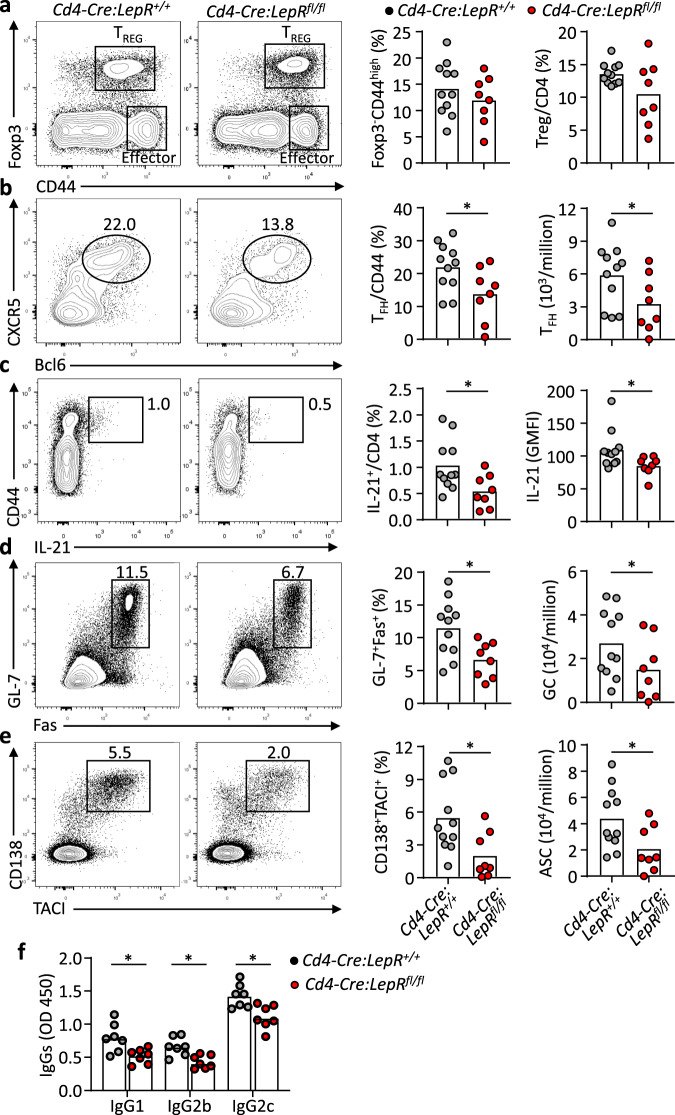Fig. 4. Defective TFH cells responses in Cd4-Cre:LepRfl/fl mice after influenza virus infection.
a–e Cd4-Cre:LepR+/+ mice (grey, n = 11) and Cd4-Cre:LepRfl/fl mice (red, n = 8) were infected with influenza virus A/X-31 (H3N2). Mediastinal lymph nodes were analysed at day 9 post-infection. Representative FACS plots and statistics showing the CD4+Foxp3-CD44high effector cells, CD4+Foxp3+ TREG cells (a), CD44+CXCR5+Bcl6+ TFH (b), (*P = 0.0499, *P = 0.0347), IL-21 production (c), (*P = 0.0313, *P = 0.0142), B220+GL-7+Fas+ GC B cells (d) (*P = 0.0151, *P = 0.0249) and B220-CD138+TACI+ ASCs (e) (*P = 0.0250, *P = 0.0409) 9 days post influenza viral infection. f Cd4-Cre:LepR+/+ and Cd4-Cre:LepRfl/fl mice were intranasally challenged with H1N1 influenza virus and virus-specific IgG1, IgG2b and IgG2c in sera were measured by ELISA 9 days post-infection (n = 7 per genotype) (IgG1: *P = 0.0183, IgG2b: *P < 0.0181, IgG2c: *P = 0.0168). Data are shown for individuals (dots) and mean (bars) values, and analysed by Mann–Whitney U-test (a–f). *P < 0.05, **P < 0.01. Results are representative of two independent experiments.

